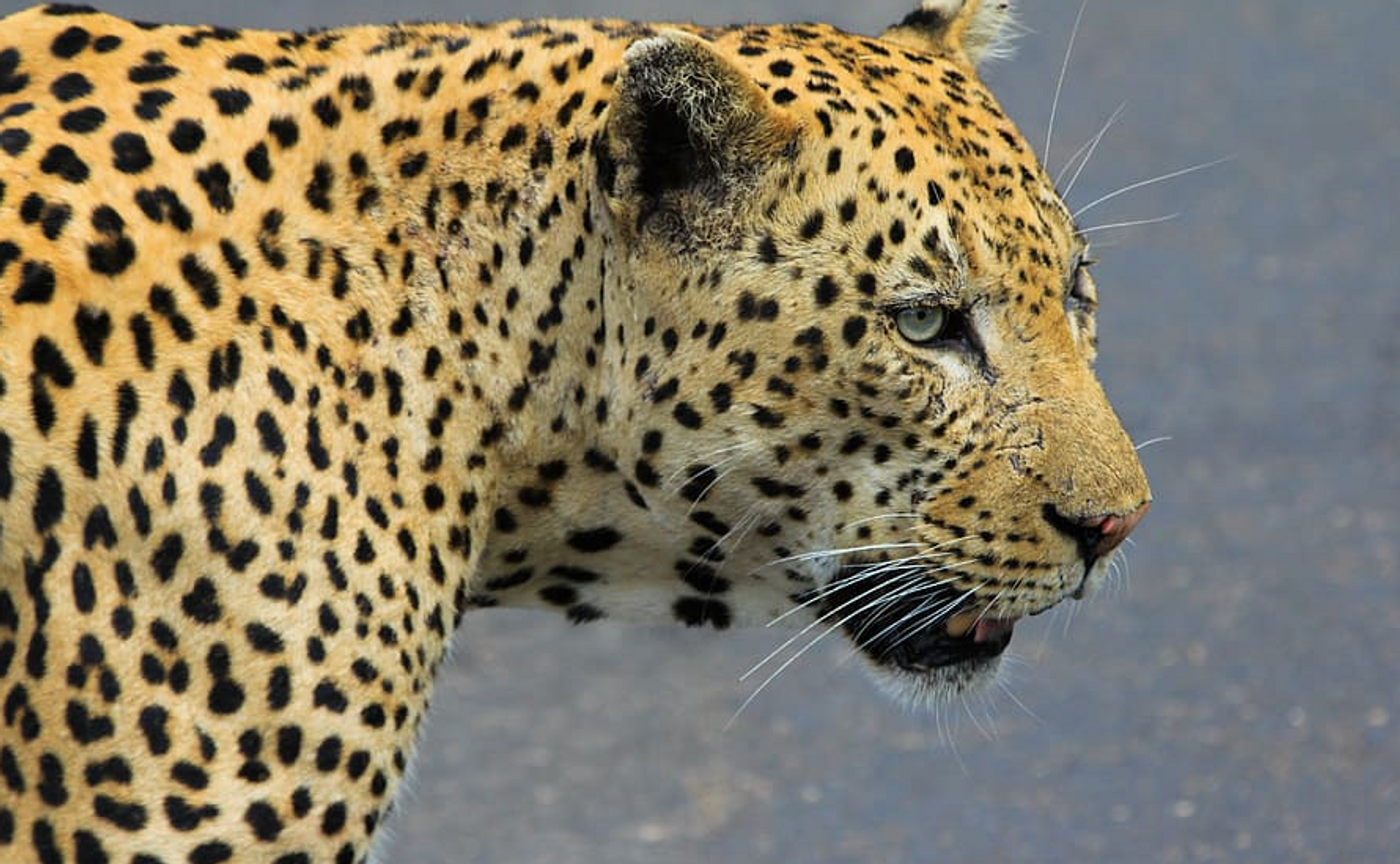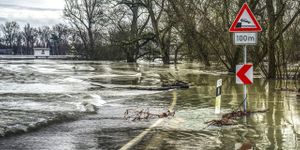Genetic Tools Can Aid Endangered Species
Nature is in decline; the planet has lost a tremendous amount of biodiversity over the past few years due to human action like overfishing, land degradation, and pollution. Studies have indicated that we will continue to lose more species in the coming years at accelerating rates, which in turn could have massive ripple effects. Conservationists that monitor animal populations rate them on a spectrum from vulnerable to endangered. At a certain point they become critically endangered, and once they are lost completely, they are considered extinct. Genetic rescues are meant to move animals away from the extinct range.
There are genetic tools that could enable us to bring back animals that have been lost forever. While bioethicists and researchers have debated whether or not it makes sense to bring back species that are extinct, most people would agree that we should do what we can to conserve the species that are still around, and ensure they have a place to live. However, they also need to have a healthy gene pool.
Animals of a species express similar genes, but there may be variations in the sequences of those genes. That variation, or diversity, can help guard against the buildup of harmful mutations in a species, disruptions caused by pathogens, or a shifting habitats. Scientists have found some exceptions, in which animals are doing just fine with a relatively static genome, but for the most part, diversity helps a population minimize risk and stay healthy.
A wildlife conservation organization called Revive & Restore is aiming to use biotechnology to aid endangered species, boost their health and chances of survival, and improve their general health. Genetic technologies can enable researchers to bolster animal populations by helping them adapt to a changing environment, build natural resistance to a disease, or introduce genetic diversity to their gene pool. These technologies include biobanks, DNA sequencing, synthetic biology, reproductive tools, genetic engineering methods like CRISPR-Cas9, and other processes.
Researchers have already used to these methodologies to help a few different species. For example, the Florida panther had lost genetic diversity; fewer than thirty of them were living in the state, and their fertility was in decline because inbreeding had allowed bad traits to proliferate in the population. No high tech molecular tools were needed to fix this problem, however.
The US Fish and Wildlife Service simply moved eight female panthers from Texas to Florida to mate; Texas cougars and Florida panthers have different names, but they are the same species: the Puma concolor. After the animals were translocated to Florida, the population expanded, and they became healthier. Now, it is estimated that there are between at least 120 to 230 panthers living in Florida. Conservationists consider this a success story.
Researchers followed up on the panther population in 2019 with a genetic assessment. They found that the animals were still carrying reaping the benefits of the translocation. There was a higher degree of diversity among these animals than the researchers expected and the. The scientists used the data to plan future translocations. Data suggested that the population will remain healthy if a translocation happens about once every four years; that may prevent future declines.
Another example is the Przewalski’s horse, which were extinct in the wild by the 1960s. The captive population that remained was losing genetic diversity, however. Fortuitously, cells from a genetically diverse Przewalski’s stallion born in 1975 had luckily been cryogenically frozen. These cells were recently used to create a clone that was born at the San Diego Zoo on August 6th, 2020. Hopefully, this male foal named Kurt will mate and introduce his genetic diversity to these horses, which can now be found in the wild again in China, Mongolia, and the Chernobyl exclusion zone.
Sources: Nature, Revive & Restore










